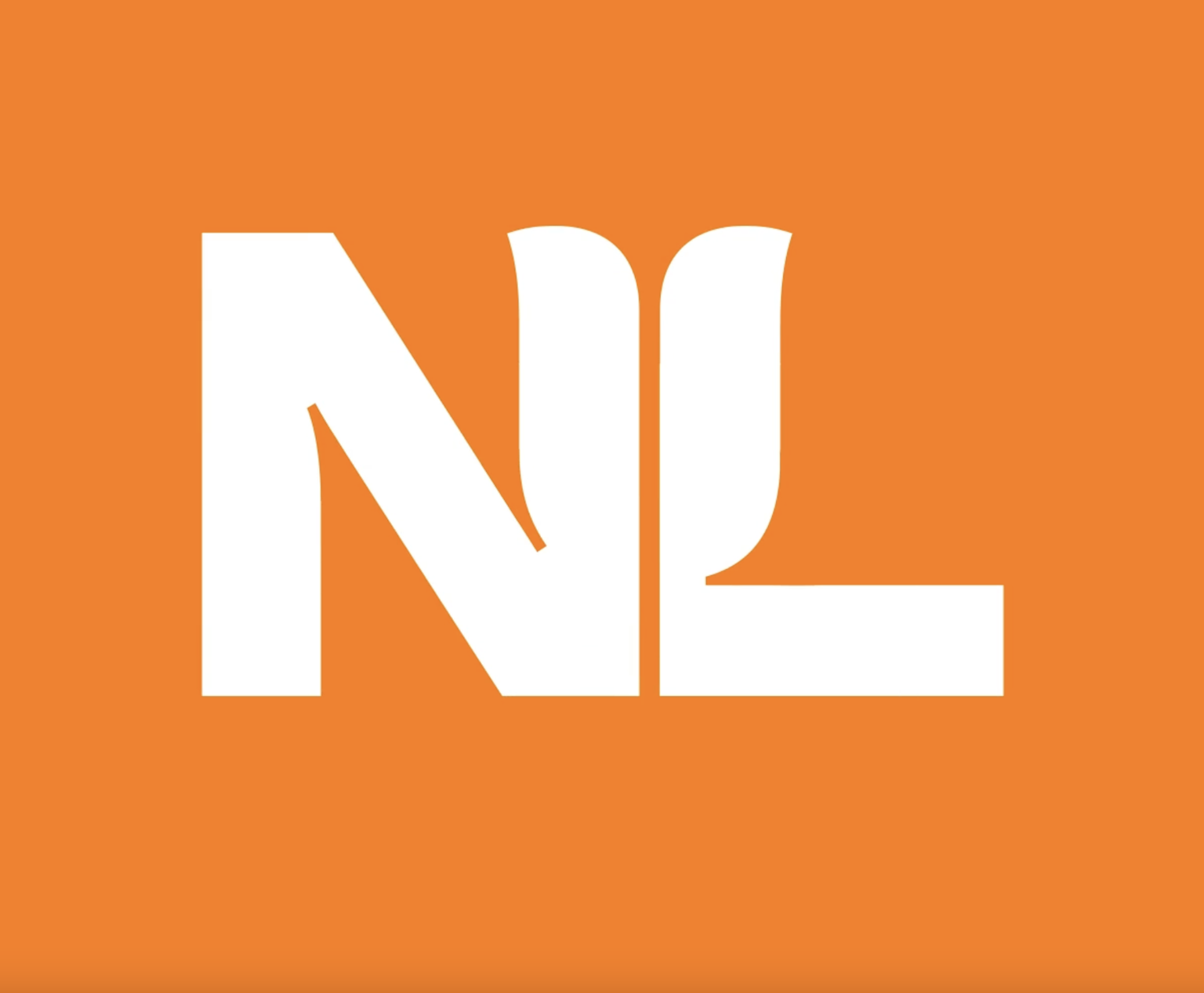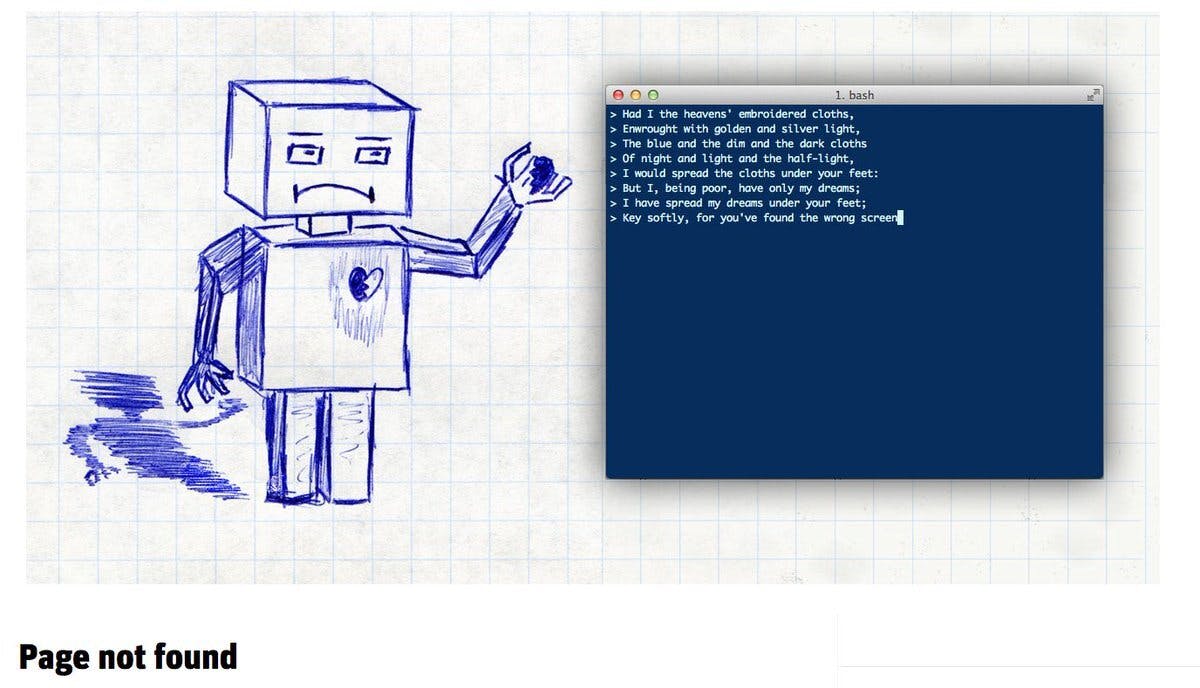Imagine your bank sent you a notification saying: “Yo! Your account’s been hacked.” Or you saw a gift in a toy shop window with a sticker saying: “DO NOT TOUCH. ONCE BROKEN CONSIDERED SOLD.”
You’d think twice about popping into the shop. And you’d definitely find another bank.
That’s because the substance and style of a brand’s language tells us a lot about who they are as a business. It signals whether we’re on the same wavelength. If we can trust them to do the right thing for our planet and its people. And ultimately, whether we should make them part of our lives.
Words mean far more than their Oxford dictionary definitions. How those words are delivered — their character — is just as important. A bank that’s too chummy won’t be taken seriously. A toy store that wants to sell robots shouldn’t sound like one.
To communicate effectively, brands need what they say and how they say it to work together, in a way that’s true to who they are. They need a verbal identity.
Verbal identity builds trust
If verbal identity is new to you, you’re not alone. For too long, it’s been the lesser-known sibling of visual identity, generally amounting to three pages at the end of a 143-page brand guideline document.
Not any more. Today’s brands communicate through ads, direct mail, packaging, social posts, chat bots, emails, notifications, FAQs, UX, error messages — and the rest.
With so many opportunities to say the right or wrong thing, brands have to work harder than ever to be consistent. Because consistency builds familiarity. Familiarity builds trust. And trust makes the world go ‘round.
A strong verbal identity makes that job so much clearer. It puts everyone who writes for your brand on the same page, so they communicate with the same style and substance.
Verbal identity makes you stand out
On average, adults make 35,000 conscious decisions every day. In a world of endless choice and limited time, brands need to stand out and connect with people.
The right words can help you do just that. It helps to think of verbal identity as a transmitter that signals to frazzled decision-makers why they should pick you.
For those on their 34,284th decision of the day, clear and consistent signals cut through the noise, giving them a reason to tune in for more.
Verbal identity changes the way you work
Everyone in your organisation writes, whether it’s a Slack message, an invoice, or a “KEEP THIS AREA TIDY!!!” notice in the office kitchen. That means a verbal identity can help everyone in your organisation become better writers (not just the comms team).
Changing the way your entire organisation writes is hard — but it’s worth it. A HR team that breaks difficult news sensitively will bring teams together. An email that’s clear and succinct will get things done faster, and ultimately, boost your bottom line.
Multiply this across thousands of people and touch points, and it’s clear: using the right language will have a significant positive impact on your business.
Verbal identity helps you sound your best
If every tweet, blog and email reveals what your brand is really like as a business, communicating without a verbal identity is like improvising through thousands of performances every day — to a crowd of customers, potential investors, and future recruits.
In some of these performances, your brand will shine. In others, it will bomb. But why leave it to chance?
With a verbal identity, you won’t have to.




